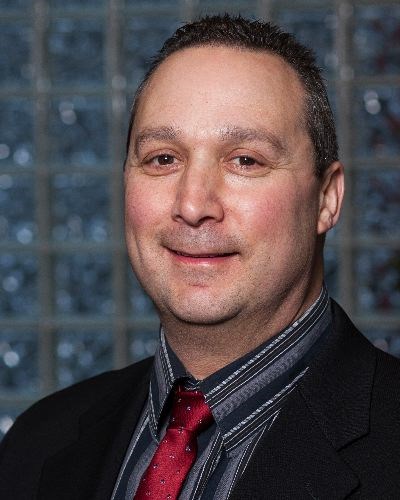Your cart is currently empty!

Mauro Calabrese RPF, RPBio, Planning Superintendent, West Fraser Mills
Mauro is a Professional Forester and Biologist with 30 years of experience. Mauro’s first experience in forestry came as a heli-attack firefighter with BC Wildfire while attending university. He started with West Fraser Mills Ltd. in 1996 as a harvesting supervisor after graduating with a BSc in Biology and a BSF from UBC. He became an RPF in 1998 and an RPBio in 2003. He progressed through roles in planning and biology gaining experience in variety of areas including Land Use Planning, site plans, appraisals, wildfire suppression and fuel mitigation, riparian classification, and wildlife habitat prescriptions. Most recently he has been the Planning Superintendent for West Fraser’s South Cariboo Woodlands where he supervises a team of 12 forest professionals and GIS technicians They work in three Timber Supply Areas and a TFL providing over 1 million m3 of wood to multiple West Fraser Facilities in the South Cariboo. Mauro was on the ABCFP council from 2013 to 2018 and served as president for the 70th Council. Mauro lives in Williams Lake where he was born and raised. He and his family enjoy the many outdoor activities the area has to offer.
Presentation Abstract
Wildfire Risk Reduction Planning and the current Tools Available
Incentives for doing Wildfire Risk Reduction work from a Major Licensees Perspective:
- Social license/Right thing to do to reduce wildfire risk in our communities
- Interesting and challenging work
- Access to fibre that is difficult to access and close to town
Disincentives:
- Multiple stakeholders, including numerous private landowners making this time consuming
- Often in areas of high archaeological importance
- Lack of a Fire Objective that clearly puts human safety above other competing values. Most treatments are in OGMAs and MDWRs requiring exemptions (if
available). Seems removal is lower than required to significantly reduce risk of a crown fire
- Inadequate appraisal allowances for costs of layout, harvesting and hazard abatement/surface fuel reduction
- Often small volumes with above challenges make developing cutting permits there less attractive
